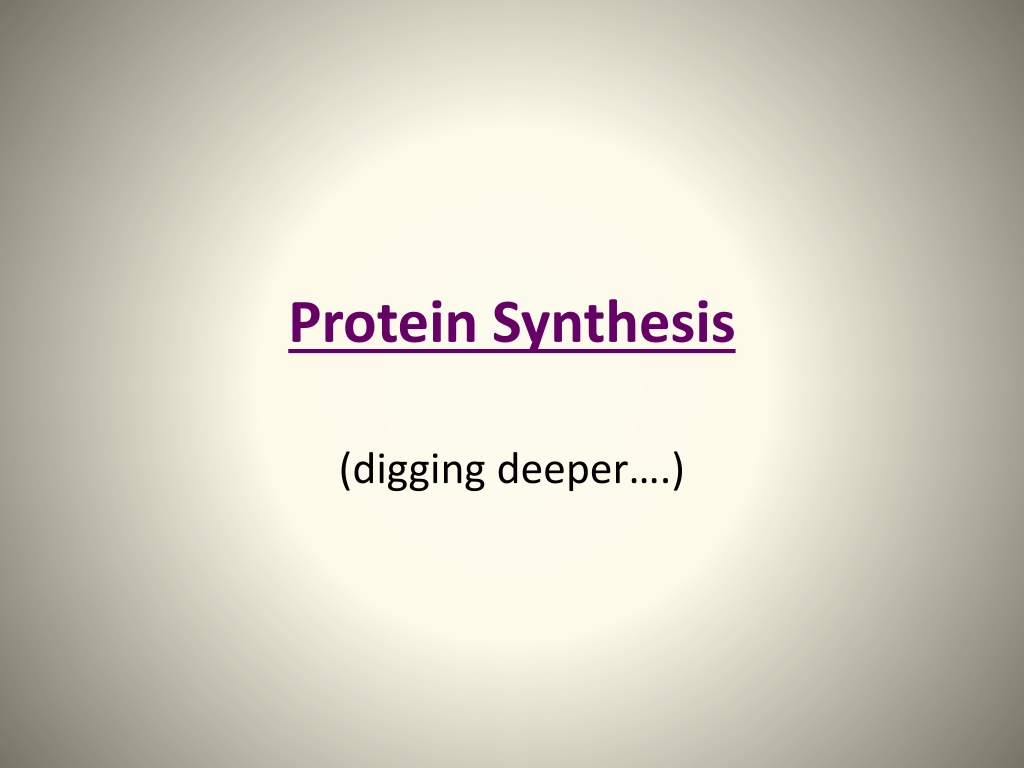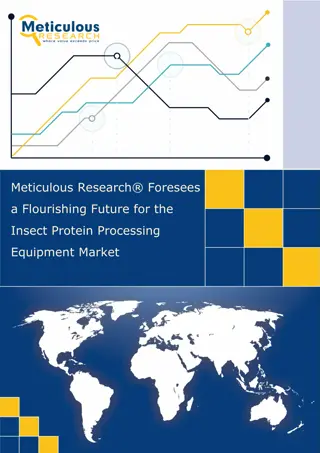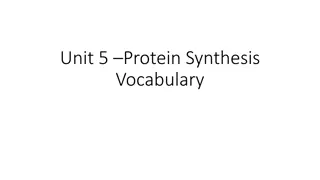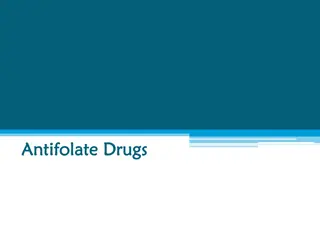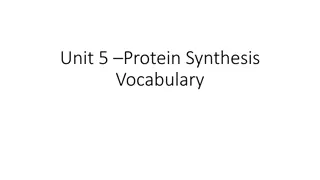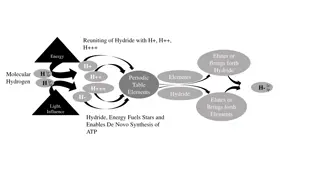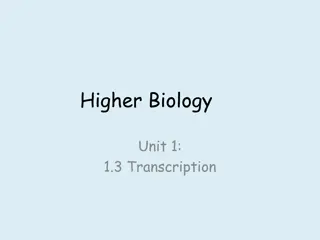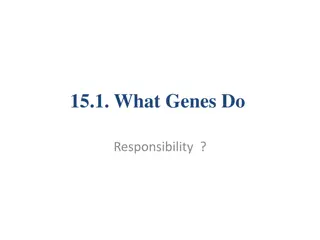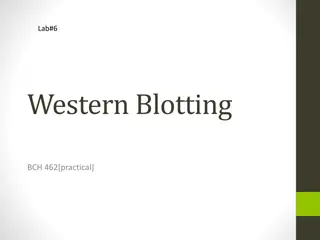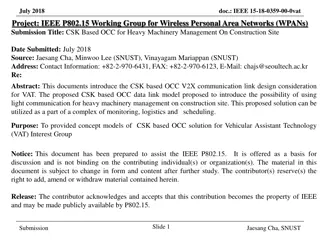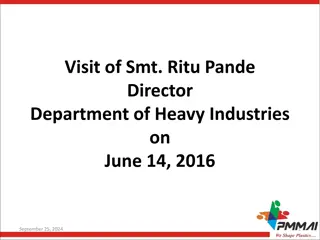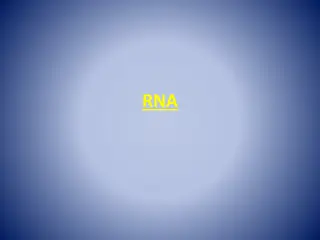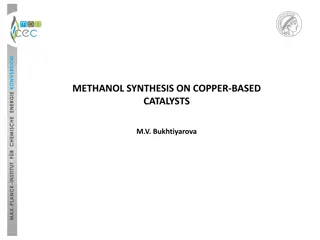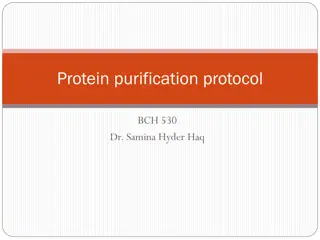Understanding Protein Synthesis: The Molecular Machinery Behind Protein Production
Delve deep into the intricate process of protein synthesis, from transcription to translation, exploring the roles of DNA, mRNA, ribosomes, tRNA, and amino acids. Uncover the fascinating mechanisms that culminate in the creation of functional proteins, likened to baking a complex recipe. Discover the correlation between genetic code and protein formation through a series of enlightening diagrams.
Download Presentation

Please find below an Image/Link to download the presentation.
The content on the website is provided AS IS for your information and personal use only. It may not be sold, licensed, or shared on other websites without obtaining consent from the author. Download presentation by click this link. If you encounter any issues during the download, it is possible that the publisher has removed the file from their server.
E N D
Presentation Transcript
Protein Synthesis (digging deeper .)
transcription An enzyme separates the DNA strands and builds an RNA strand- RNA polymerase ONE strand of DNA is used to makes a strand of mRNA by following base paring rules Promoters- area of DNA that signals the enzyme where to bind start area
INTRONS/EXONS Some DNA does not code for proteins- introns Some DNA is coded instructions for proteins- exons mRNA copies both, so the introns are edited OUT and removed!
Genetic code The mRNA language is called the genetic code Bases are read in 3 s= codon UCG-CAC-GGU Each codon calls for one of 20 amino acids to form chain of protein
See the difference???? There are charts using the DNA code, and others using the mRNA code. Be careful!
Example.. mRNA UCG-CAC-GGU Serine Histidine- Glycine
translation Translation begins when mRNA binds to the ribosome to be read IN the CYTOPLASM! As mRNA codons are read, tRNA brings in and drops the amino acid adding to the growing protein chain. Translation stops when a stop codon is reached, everything disassembles, and protein chain breaks free.
Area of tRNA base pairs to mRNA = anticodon Ex mRNA = ACG tRNA= UGC Each tRNA can carry only one type of amino acid
You have now studied the roles of DNA and RNA. I used an analogy of a recipe and baking a cake. Use a different analogy to represent the roles of DNA, mRNA, transcription, ribosome, tRNA, amino acids, translation, the finished protein. Create a diagram with a key showing what each part of the diagram represents!
